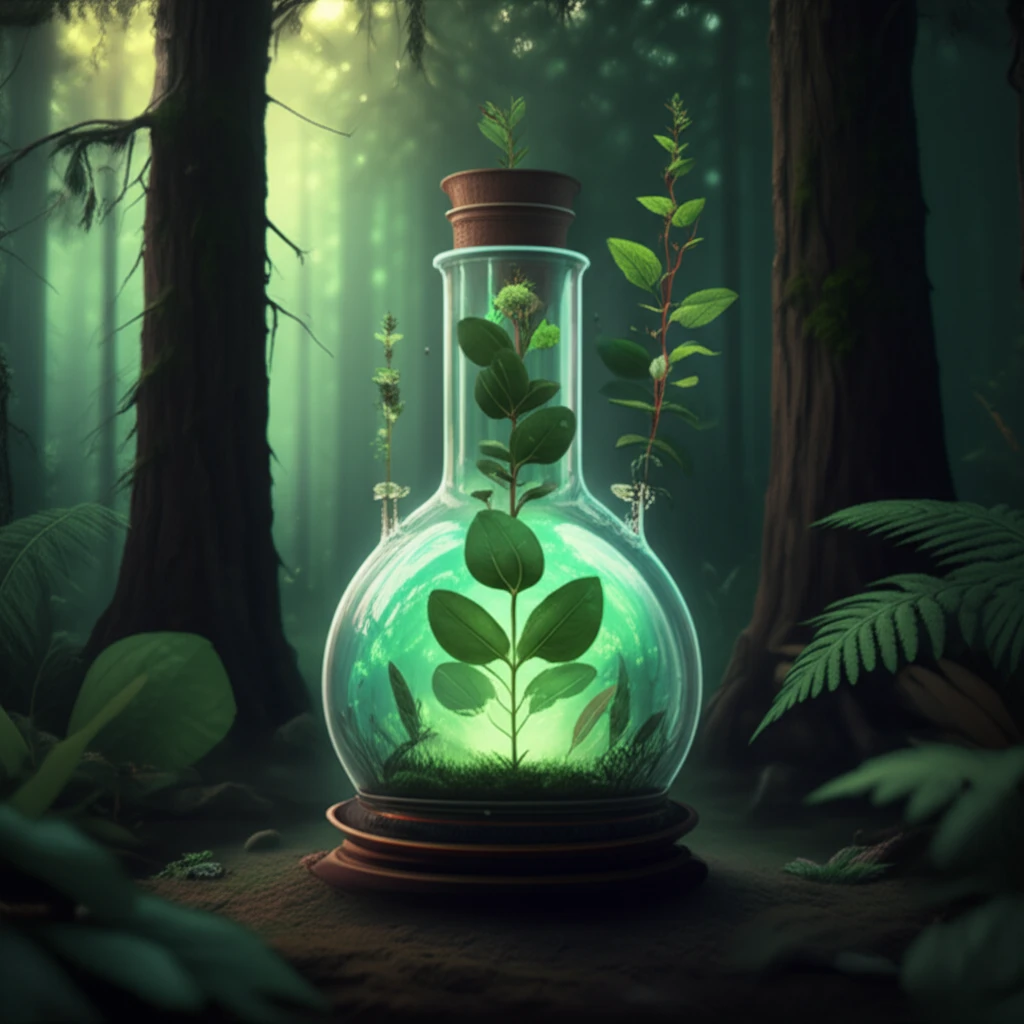
Green Future: How Lab-Grown Eucalyptus Can Save Our Forests
"Revolutionary tissue culture techniques promise a sustainable source of wood, paper, and energy, easing the pressure on natural woodlands."
Eucalyptus, a fast-growing hardwood, is one of the world’s most widely planted trees, especially in tropical and subtropical regions. It's a vital resource for pulp, paper, wood, and even energy. In China, these trees cover millions of hectares, meeting the growing demand for wood products.
However, this popularity comes with challenges. As the global demand for Eucalyptus increases, so does the pressure on natural forests and land resources. Traditional forestry practices can strain ecosystems, leading to deforestation and habitat loss. The need for sustainable alternatives has never been greater.
Now, imagine a world where Eucalyptus trees can be regenerated efficiently in the lab, reducing the reliance on natural forests. Scientists are exploring innovative tissue culture techniques to propagate Eucalyptus, offering a promising path toward sustainable forestry. This method not only preserves biodiversity but also ensures a stable supply of essential resources for future generations.
What is Tissue Culture Regeneration?

Tissue culture, also known as micropropagation, is a technique used to grow plant cells, tissues, or organs in a sterile, controlled environment. In the context of Eucalyptus, scientists take small pieces of the tree—such as stem segments—and place them in a nutrient-rich medium. This medium contains everything the plant needs to grow, including sugars, vitamins, and plant growth regulators.
- Callus Induction: The stem segments are placed on a medium containing plant growth regulators like N-phenyl-N’-[6-(2-chlorobenzothiazol)-yl] urea (PBU) and indole-3-acetic acid (IAA). This encourages the formation of a callus, which is a mass of undifferentiated cells.
- Adventitious Bud Induction: The callus is then transferred to a new medium with different combinations of 6-benzyladenine (BA) and naphthalene acetic acid (NAA). These hormones stimulate the development of adventitious buds, which are essentially new shoots.
- Shoot Elongation: The newly formed shoots are moved to a half-strength MS medium, supplemented with PBU and IAA, to promote their growth and elongation.
- Rooting: Once the shoots have reached a suitable length, they are placed on a root induction medium containing indole-3-butyric acid (IBA). This encourages the development of roots.
- Acclimatization: Finally, the plantlets are transplanted to a greenhouse and then to soil, where they can grow into fully developed trees.
Looking Ahead: The Future of Sustainable Eucalyptus Forestry
The development of efficient tissue culture regeneration techniques for Eucalyptus marks a significant step forward in sustainable forestry. By reducing the reliance on traditional planting methods, we can conserve natural forests, protect biodiversity, and ensure a stable supply of essential resources for future generations. As research continues and these techniques are refined, lab-grown Eucalyptus may become an increasingly important tool in the fight against deforestation and climate change.
